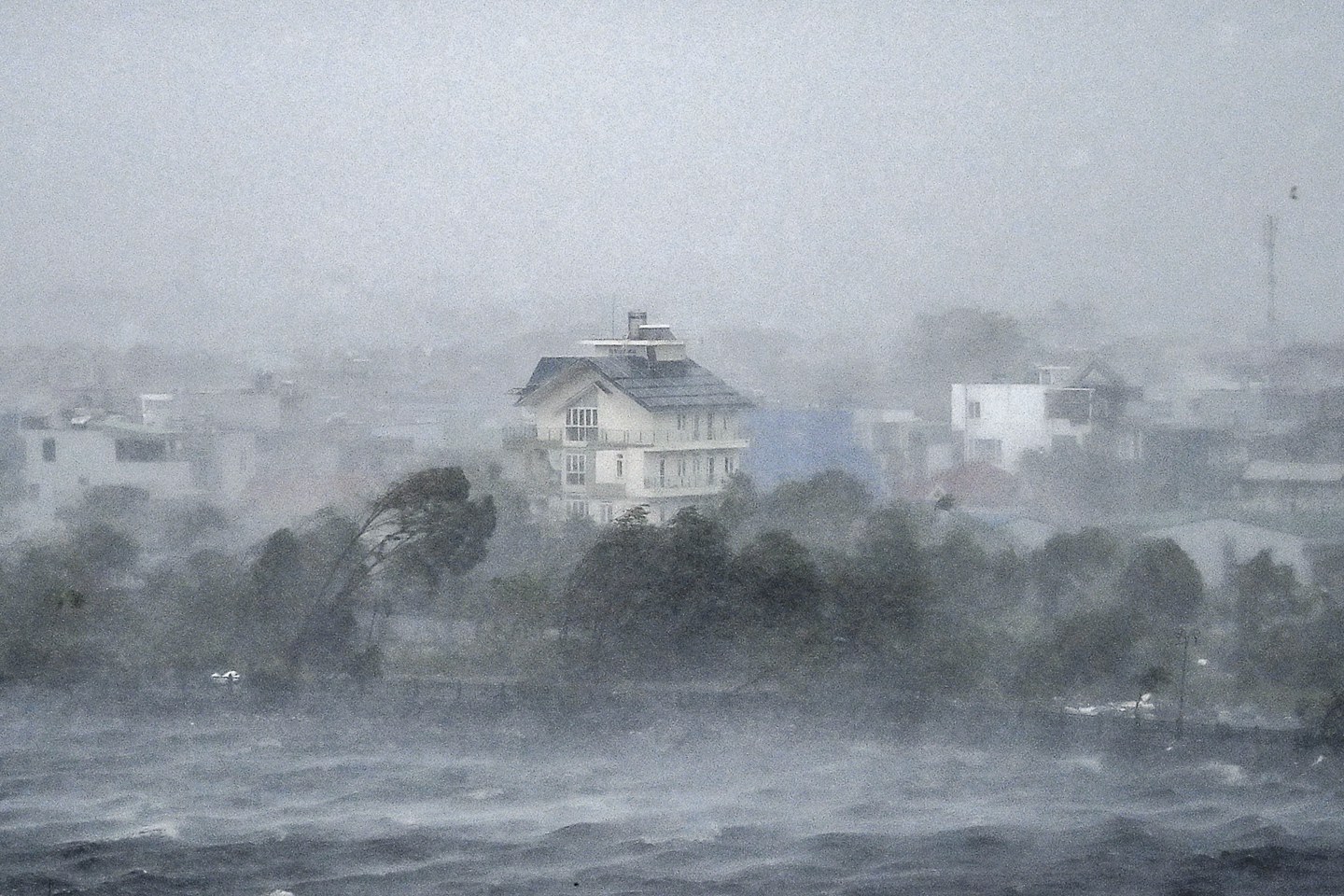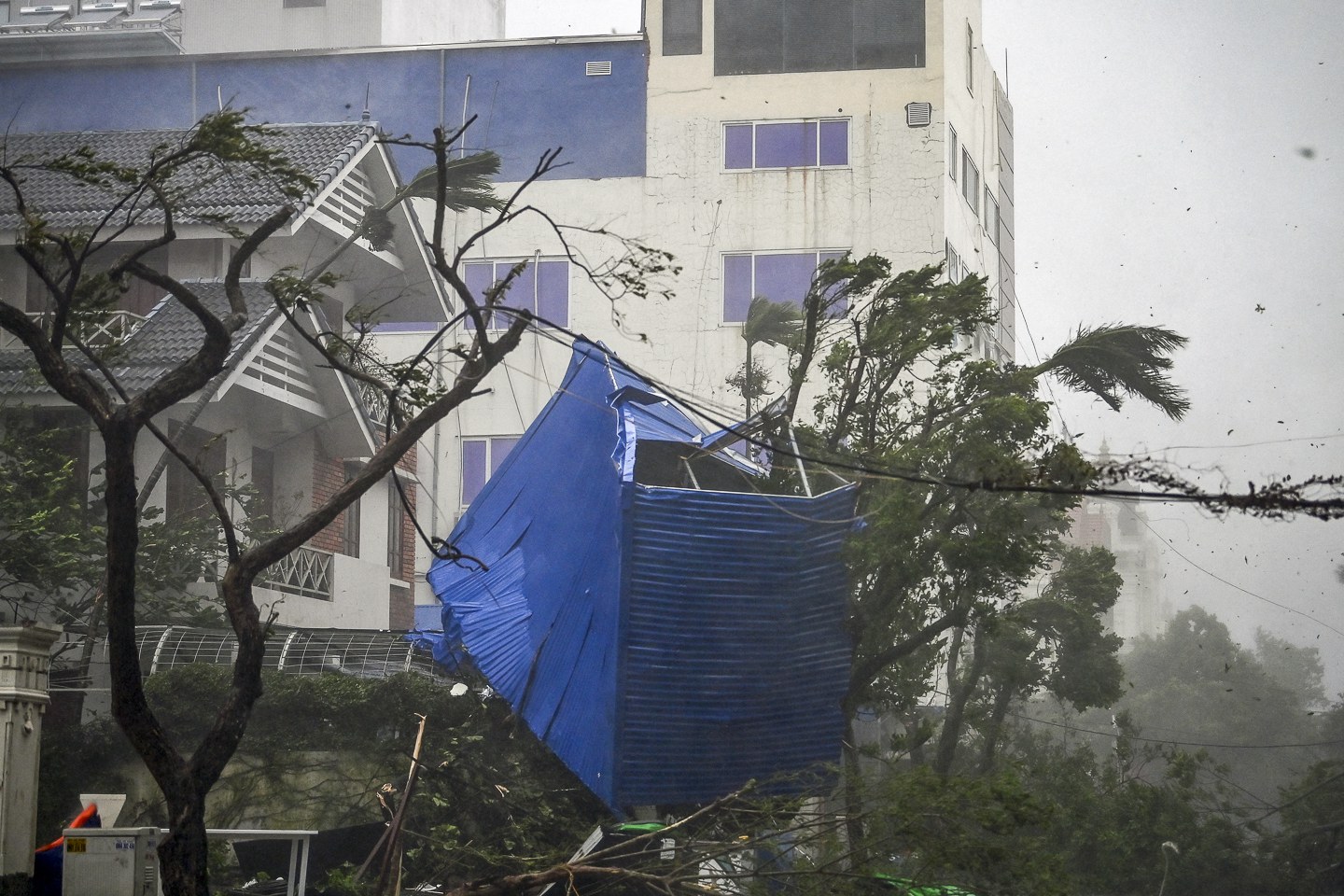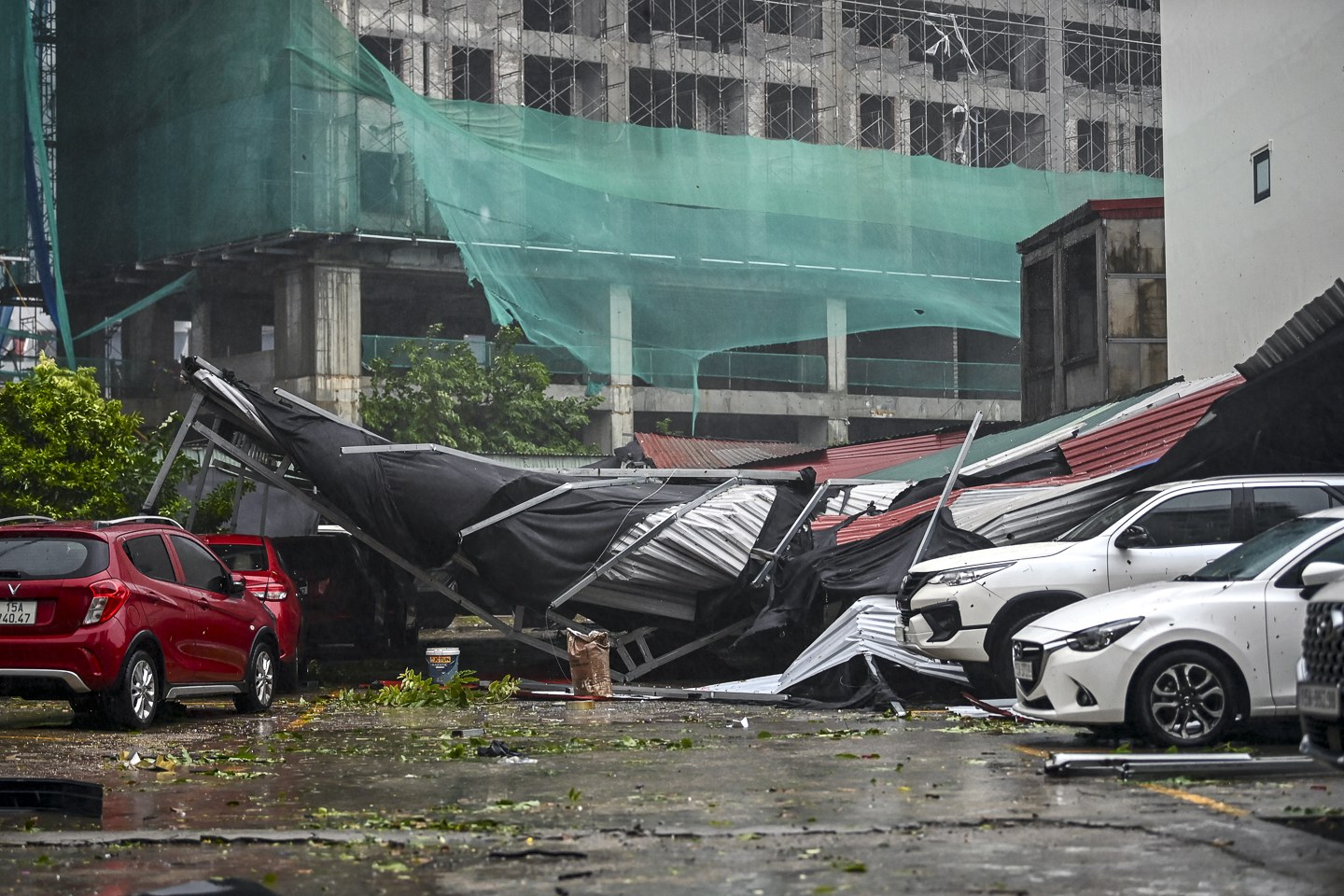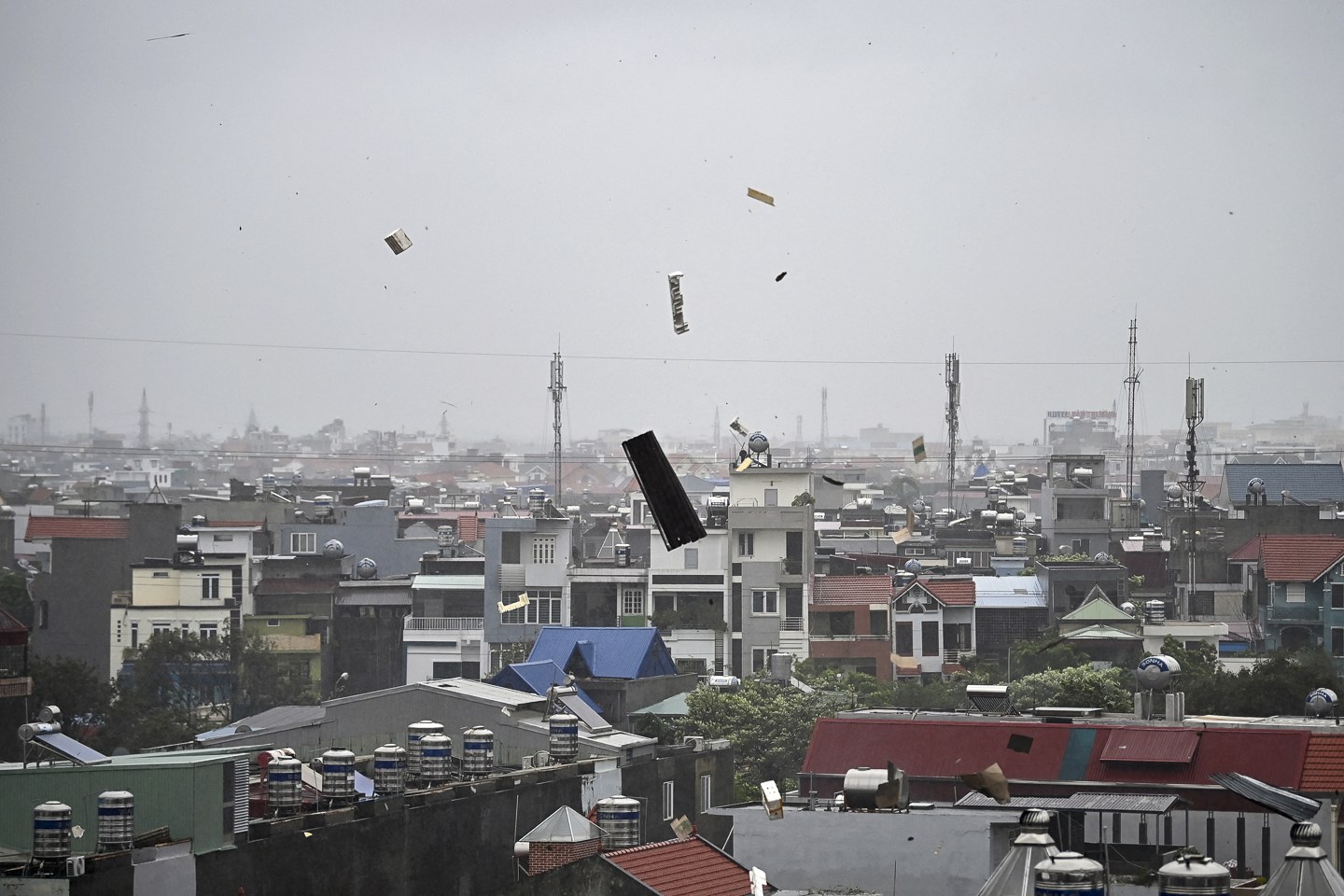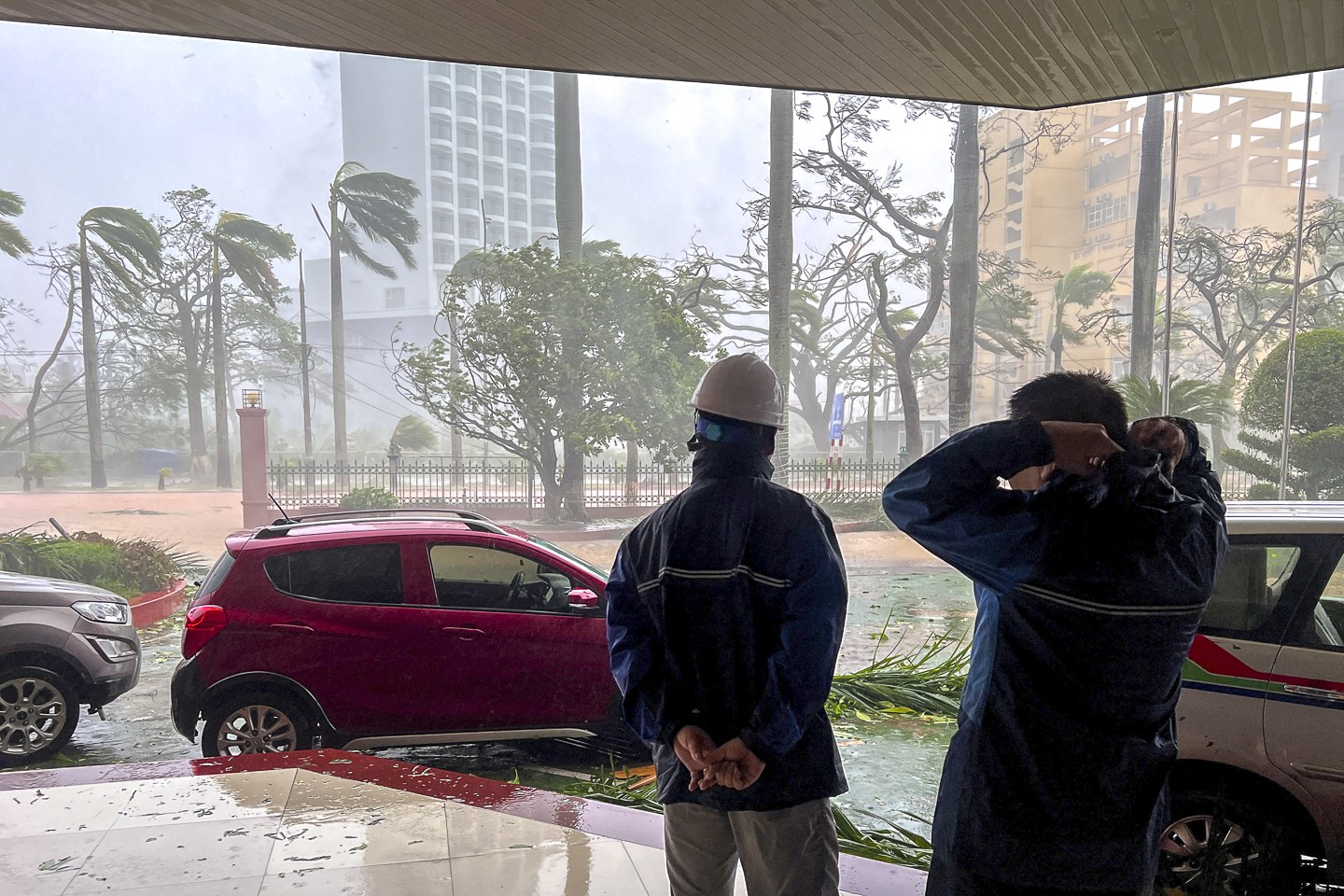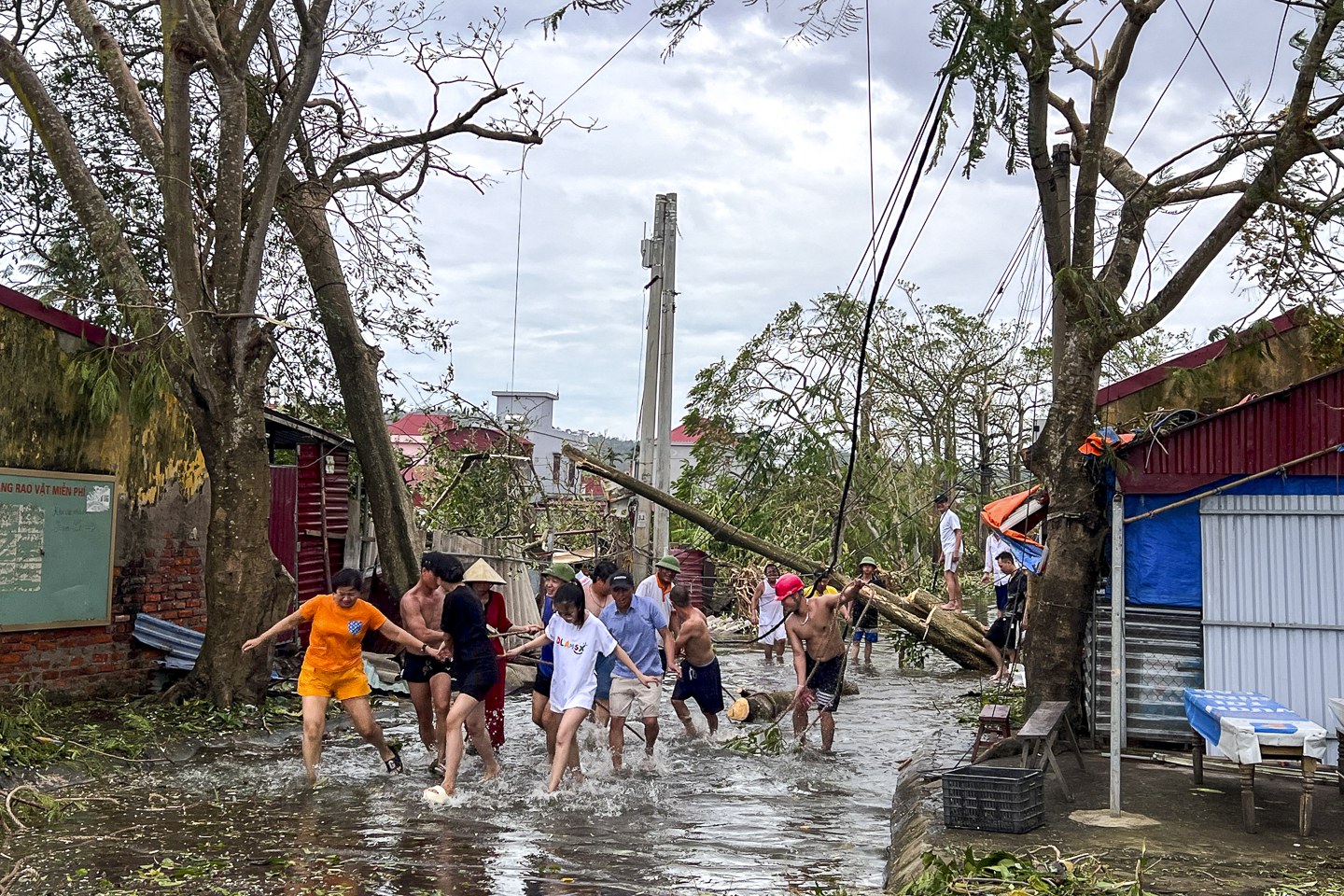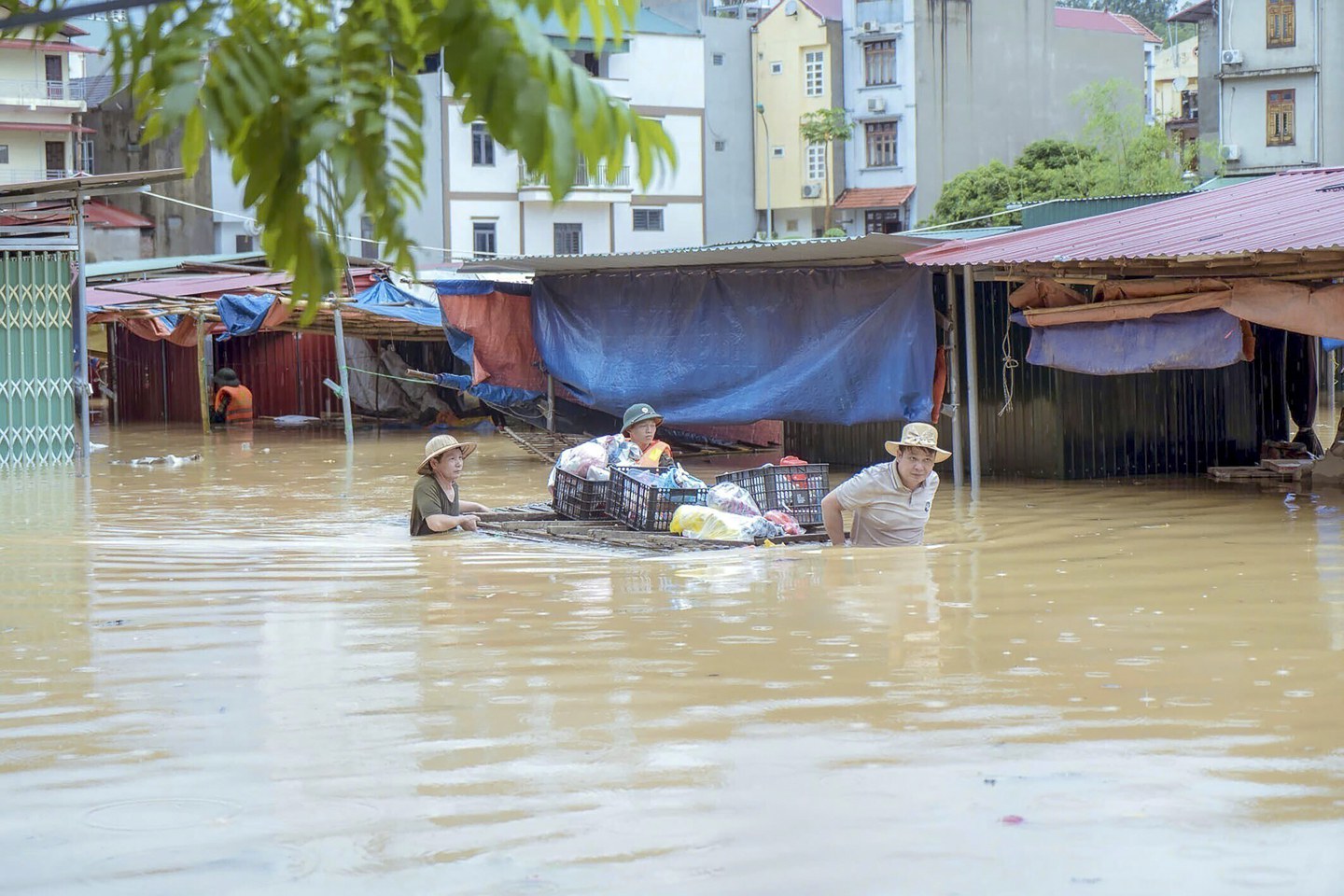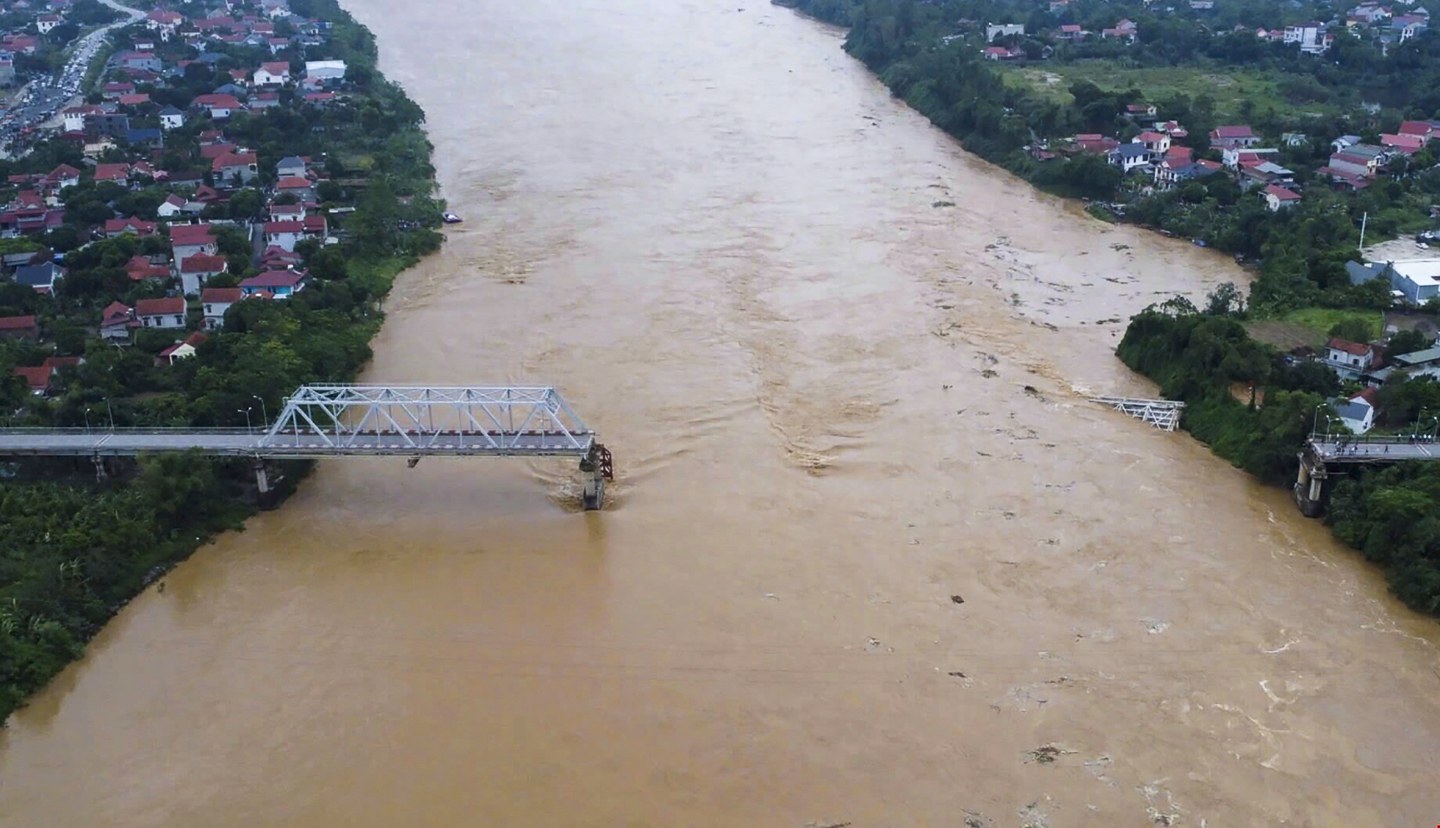UPDATED at 3:15 P.M. ET on 09-10-2024
Vietnam's most powerful storm of the year has left 82 people dead and 64 missing in the Southeast Asian country's northern provinces, the government said on Tuesday, warning that another wave of flooding was expected in the region.
Typhoon Yagi made landfall on Vietnam’s north coast on Saturday, triggering heavy rains and landslides, and battering Quang Ninh and Hai Phong provinces with winds of up to 149 kilometers per hour (92 mph).
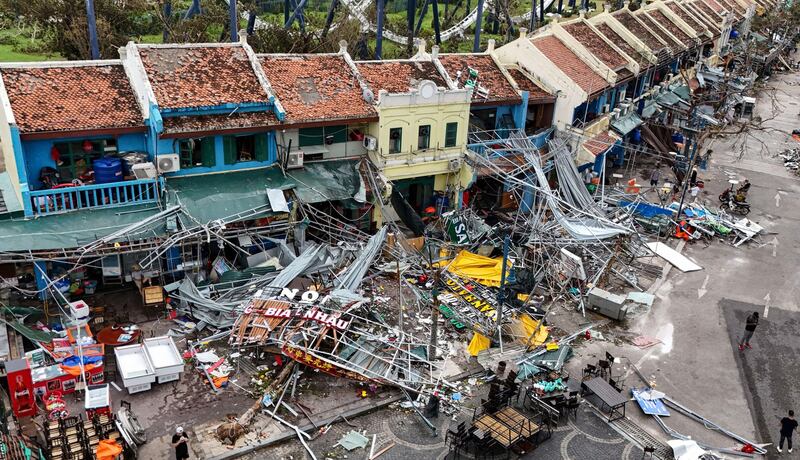
Nearly 750 people had been injured during the storm as of Tuesday, the government said.
Cao Bang province has suffered the most casualties, with 55 people reported missing or dead. Lao Cai reported 30 people missing or dead, while Yen Bai province reported 28.
Heavy rain from the typhoon caused major rivers in northern Vietnam, including the Thao River in Lao Cai and Yen Bai provinces and the Cau River in Luc Nam province, to reach or exceed historic water levels, according to the National Centre for Hydro-Meteorological Forecasting.
The government warned that another round of flooding was expected from rivers in the northern region until Wednesday, and that smaller rivers in mountainous provinces would reach their peaks.

More than 8,000 homes were damaged by winds that tore down power and telecommunications lines, according to the Vietnam Disaster Management Authority.
Waves as high as 4 meters (13 feet) sank 25 boats and swept away fish farms.
Torrential rainfall — as much as 400 millimeters (16 inches) in some provinces — destroyed more than 120,000 hectares (297,000 acres) of rice and other crops.
Vietnam’s meteorological agency downgraded Yagi to a tropical depression Sunday, allowing Hanoi's Noi Bai International Airport to reopen.
Prime Minister Pham Minh Chinh visited Quang Ninh province and the port city of Hai Phong on Sunday, ordering the government to provide authorities with 100 billion dong (US$4 million) each in emergency assistance, state-run media Voice of Vietnamsaid.
Deputy Prime Minister Ho Duc Phoc set aside 20 billion dong (US$810,000) to fund disaster recovery in Son La and Dien Bien provinces.
Some area residents reported on Facebook that they were trapped on their rooftops because local authorities lacked watercraft and life vests to evacuate them.
In response to widespread flooding and landslides in various provinces, Vietnam's Politburo and government held meetings on Monday to oversee rescue efforts.
State media reported that Chinh ordered the mobilization of police and military forces to assist in the rescue efforts.
The prime minister on Tuesday ordered police and military forces in Yen Bai province to use all available means to provide food and essential supplies to residents in isolated areas.
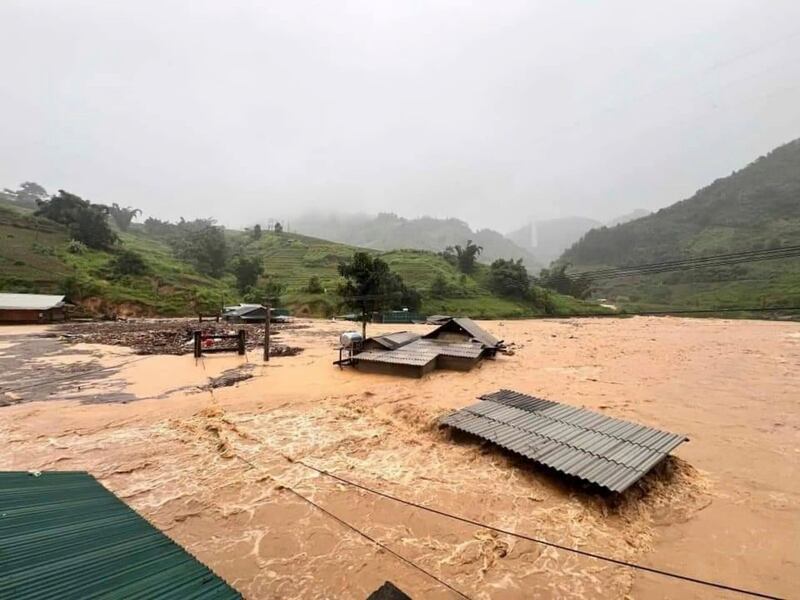
Bridge collapse
The storm caused the Phong Chau bridge in Phu Tho province to collapse Monday morning, resulting in 13 people and eight vehicles plunging into the river below. State media reported that five people were rescued and taken to the hospital.
The typhoon and flooding also destroyed hundreds of thousands of hectares of rice and crops and fruit trees in Quang Ninh province, and damaged nearly 90,000 houses in Quang Ninh, Hai Phong, Bac Ninh and Lang Son provinces, the government said.
As of Monday, more than 1,500 aquaculture cages, used for breeding fish, had been damaged and washed away and 190,000 chickens had perished in Quang Ninh, Hai Phong and Hai Duong provinces.
RELATED STORIES
[ Torrential rains, deadly flooding hit Tibetan areas of Qinghai provinceOpens in new window ]
[ Strongest typhoon in 8 years disrupts Taiwan's military drillsOpens in new window ]
[ Climate change in South China Sea will have global impact: expertsOpens in new window ]
Several restaurants and hotels collapsed in Quang Ninh province, affecting the tourism industry, and only a handful of foreign tourists remained in the area to visit Ha Long Bay, known for its emerald waters and limestone islands.
More than 20 tourist boats were sunk by high waves at Tuan Chau Port, with salvage and repair work estimated to cost billions of Vietnamese dong, state media reported.
Most of the area's tourist attractions were damaged, with an estimated loss of up to 20 billion dong.
Extreme weather
Typhoon Yagi was said to be the strongest typhoon in the South China Sea in the past decade, with winds reaching up to 203 kilometers (126 miles) per hour.
Yagi first hit the Philippines a week ago, killing at least 20 people, before tearing across the Chinese island of Hainan.
It was the strongest autumn typhoon to make landfall in China since 1949, according to China's Xinhua news agency. Four people were killed in Hainan province, and 95 were injured, China's Global Times reported.

Scientists say extreme weather, fueled by rising temperatures, will have an increasing impact on the region in coming years.
"Science, including by the Earth Observatory of Singapore (EOS) has shown that storms are getting stronger due to climate change, primarily because warmer ocean waters provide more energy to fuel the storms, leading to increased wind speeds and heavier rainfall," EOS director Benjamin Horton told Radio Free Asia.
“Climate change is causing storms to potentially move to different locations, with EOS studies showing a shift in the latitude where storms reach peak intensity, exposing new areas to storm impacts, particularly towards the poles," he said. “This is primarily due to warming ocean temperatures expanding the tropical climate zones where storms form.”
Edited by Mike Firn, Taejun Kang, Eugene Whong and Roseanne Gerin.
The story was updated to include information about the origin of casualties, the collapsed bridge, the number of dead and missing, and the extent of the flooding.


